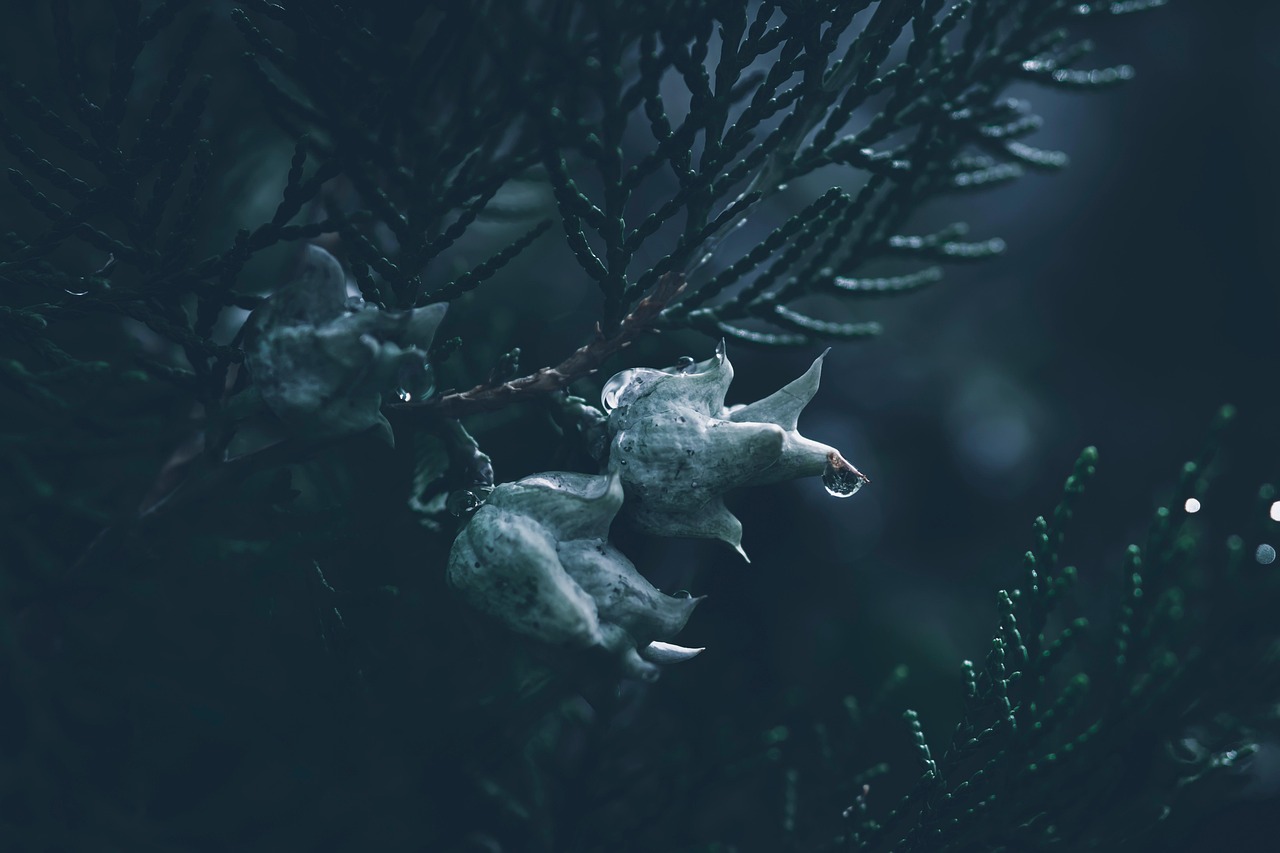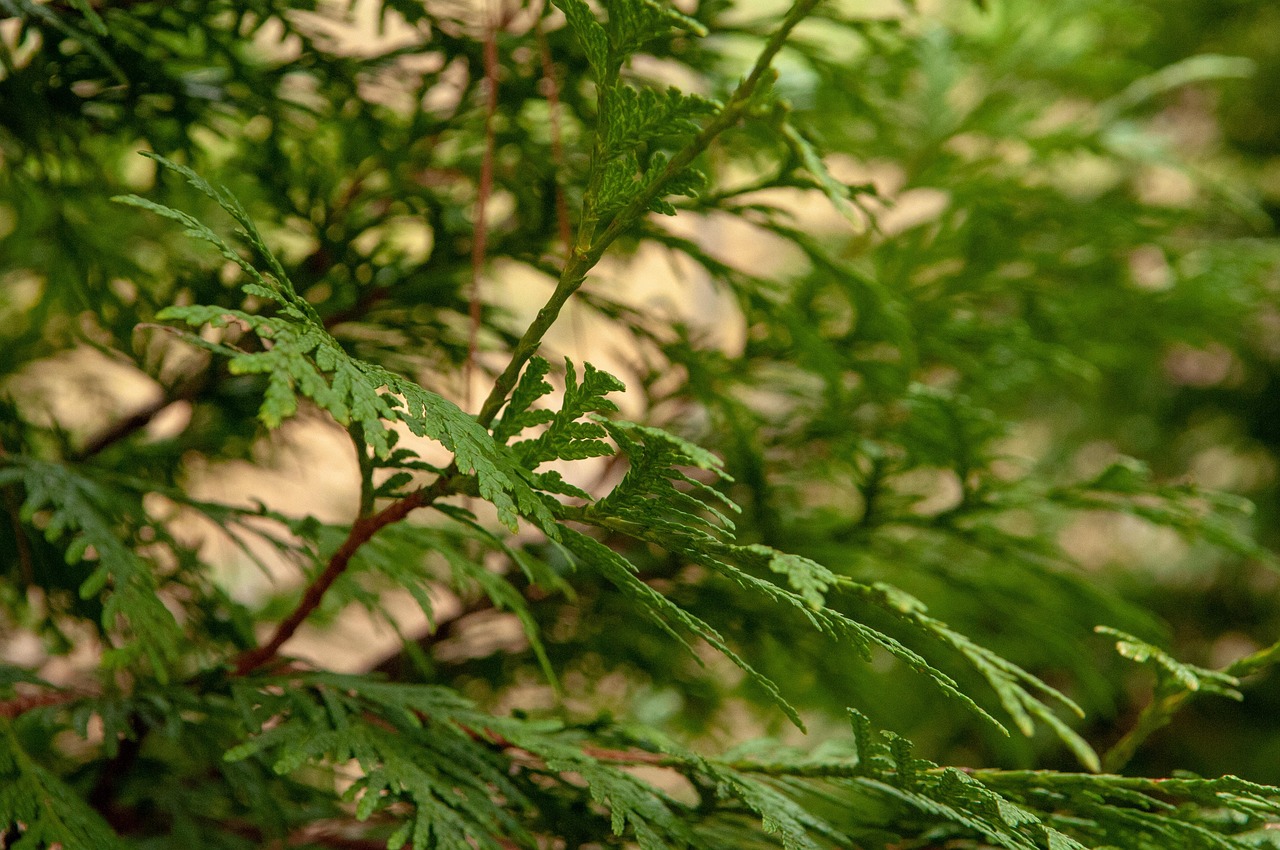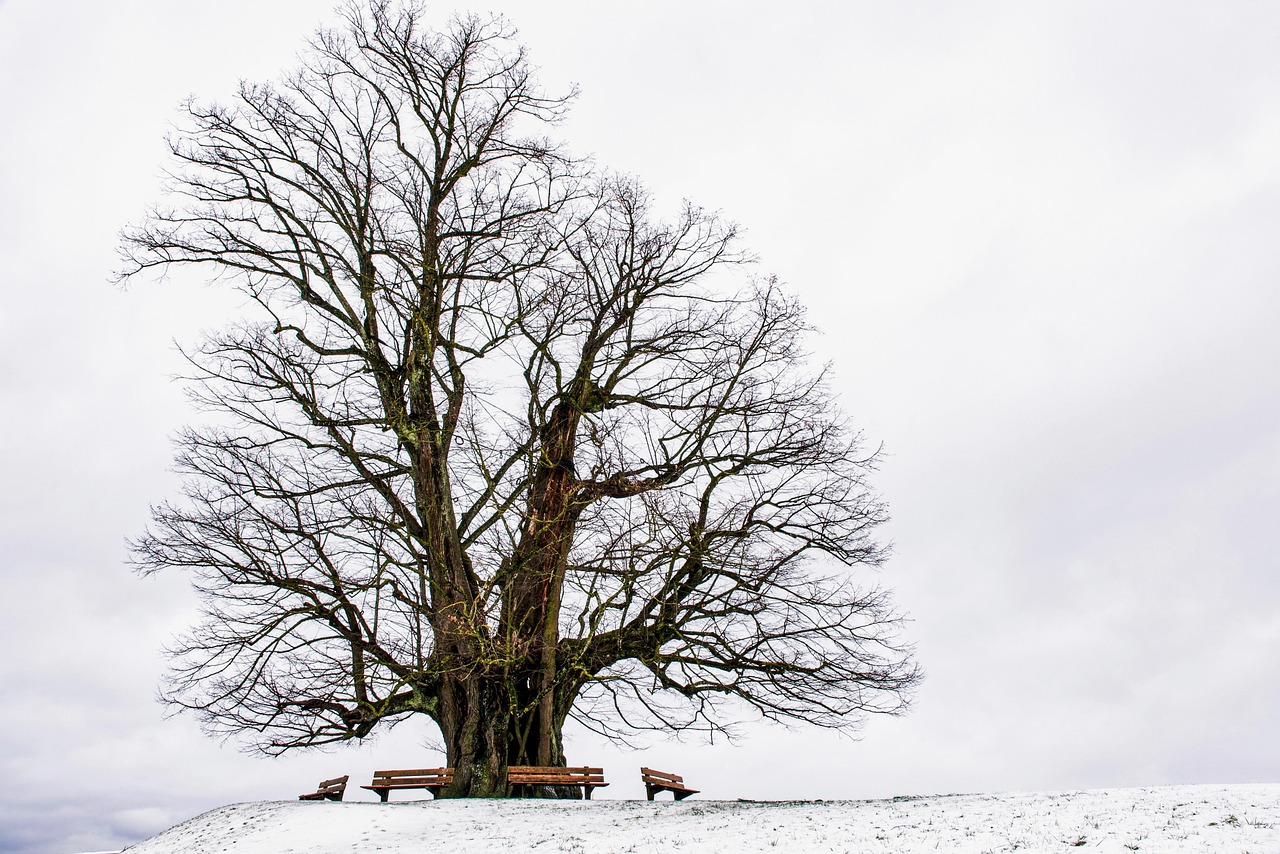Arborvitae trees typically grow at a rate of 12 to 24 inches per year, making them an excellent choice for creating privacy screens and windbreaks in residential landscapes.
Arborvitae, scientifically known as Thuja, is a popular evergreen tree often used for landscaping. Its dense foliage and fast growth rate make it a favorite among homeowners looking to enhance privacy or create natural barriers against wind. These trees are particularly valued for their ability to provide year-round greenery and shelter from the elements.

There are several species of Arborvitae, with the Eastern Arborvitae (Thuja occidentalis) and Western Arborvitae (Thuja plicata) being the most common. Each species has unique characteristics, including size, shape, and growth habits. Understanding these differences is essential for selecting the right variety for your needs.
Growth Characteristics of Arborvitae Trees
Arborvitae trees are known for their impressive growth characteristics. They can reach heights of 10 to 60 feet, depending on the species and growing conditions. Additionally, their width can range from 3 to 20 feet. These trees thrive in various soil types, but they prefer well-drained, moist environments. Below are some key growth characteristics:
| Species | Average Height | Average Width | Growth Rate (per year) |
|---|---|---|---|
| Eastern Arborvitae | 10-20 feet | 3-4 feet | 12-24 inches |
| Western Arborvitae | 40-60 feet | 10-20 feet | 12-24 inches |
The growth rate of Arborvitae trees can be influenced by several factors. These include soil quality, moisture levels, and sunlight exposure. To achieve optimal growth, it is crucial to provide appropriate care and maintenance throughout the year.

Optimal Conditions for Growth
To ensure that Arborvitae trees flourish, certain conditions should be met. Here are some essential factors to consider:
- Soil Type: Arborvitae prefer loamy or sandy soils that drain well. Heavy clay soils can hinder growth and lead to root rot.
- Watering: Regular watering is vital during dry spells. However, overwatering must be avoided to prevent waterlogged roots.
- Sunlight: These trees thrive in full sun to partial shade. Aim for at least six hours of direct sunlight each day.
- Fertilization: Using a balanced fertilizer in early spring can promote healthy growth and lush foliage.
In addition to these factors, it is essential to monitor the health of your Arborvitae trees regularly. Signs of stress or disease may indicate that changes are needed in their care routine. Keeping an eye on pests, such as spider mites or bagworms, will also help maintain the vitality of your trees.
Uses of Arborvitae Trees
Arborvitae trees serve various purposes in landscaping. Their growth rate and dense foliage make them ideal for several applications:

- Privacy Screens: Planting Arborvitae in rows creates effective barriers that shield homes from view.
- Windbreaks: Their height and density can reduce wind speed, protecting gardens and outdoor spaces.
- Aesthetic Appeal: The evergreen nature of Arborvitae adds beauty to landscapes throughout the seasons.
- Wildlife Habitat: These trees provide shelter and food sources for various birds and small animals.
The versatility of Arborvitae trees makes them a valuable addition to any property, combining beauty with function. Understanding their growth rate and care requirements ensures that they perform well and serve their intended purpose effectively.
Planting and Caring for Arborvitae Trees
To achieve the best results with Arborvitae trees, proper planting and care techniques are essential. Understanding how to effectively plant and maintain these trees will ensure they thrive and fulfill their intended purposes as privacy screens and windbreaks.
Choosing the Right Location
Selecting a suitable location for planting Arborvitae is crucial. Here are some important factors to consider:
- Space: Ensure there is enough room for the trees to grow. Consider their mature height and width when determining spacing.
- Sunlight: Choose a spot that receives full sun for optimal growth. Partial shade may be acceptable, but too much shade can affect their health.
- Soil Quality: Test the soil to ensure it is well-draining. Amend the soil with organic matter if necessary to improve drainage.
Planting Process
The planting process for Arborvitae trees is straightforward. Follow these steps for successful planting:

- Prepare the Soil: Clear the area of weeds and debris. Loosen the soil to a depth of at least 12 inches to promote healthy root development.
- Dug Holes: Dig holes that are twice as wide as the root ball and just as deep. This allows roots to expand easily.
- Place the Tree: Remove the tree from its container and gently loosen any tightly bound roots. Place the tree in the center of the hole.
- Fill the Hole: Backfill with soil, ensuring that the root collar is level with the surrounding soil. Water thoroughly after planting.
Watering and Fertilization
Proper watering and fertilization are vital for the health of Arborvitae trees. Here’s what you need to know:
- Watering: Newly planted Arborvitae should be watered deeply once a week for the first year. After establishment, they require less frequent watering, depending on rainfall.
- Fertilization: Fertilize in early spring with a balanced fertilizer. Follow the manufacturer’s instructions for application rates.
Pest and Disease Management
Like any plants, Arborvitae can be susceptible to pests and diseases. Identifying these issues early can help maintain tree health.
Common Pests
Some common pests that may affect Arborvitae include:
- Spider Mites: These tiny pests can cause yellowing leaves and webbing on branches.
- Bagworms: Bagworms create distinctive bags on branches and can defoliate trees if not controlled.
- Scale Insects: Scale insects appear as small bumps on branches and leaves, sucking sap from the tree.
Disease Prevention
Diseases can also affect Arborvitae trees, leading to issues such as discoloration and dieback. Common diseases include:
- Cankers: Fungal infections that create sunken areas on branches, which can lead to branch death.
- Root Rot: Caused by overwatering or poorly draining soil, leading to root decay.
To prevent these issues, ensure proper watering practices and maintain good air circulation around the trees. Pruning dead or diseased branches promptly can also help prevent the spread of disease.
Pruning Arborvitae Trees
Regular pruning helps maintain the shape and health of Arborvitae trees. Here are some tips for effective pruning:
- Timing: The best time to prune Arborvitae is in late winter or early spring before new growth begins.
- Technique: Use sharp, clean tools to make clean cuts. Focus on removing dead or damaged branches first.
- Avoid Heavy Pruning: Avoid cutting back more than one-third of the tree’s height in a single season to prevent stress.
With proper planting, care, and maintenance techniques, Arborvitae trees will grow vigorously, enhancing your landscape’s privacy and beauty while serving as effective windbreaks.
Choosing the Right Arborvitae Variety
When selecting Arborvitae trees for privacy and windbreaks, it is essential to choose the right variety for your specific needs. Different species and cultivars offer unique characteristics, making some more suitable for certain applications than others.
Popular Arborvitae Varieties
Here are some of the most popular Arborvitae varieties, along with their key features:
| Variety | Height | Width | Growth Rate | Best Uses |
|---|---|---|---|---|
| Eastern Arborvitae (Thuja occidentalis) | 10-20 feet | 3-4 feet | Moderate to fast | Privacy screen, hedge |
| Western Arborvitae (Thuja plicata) | 40-60 feet | 10-20 feet | Moderate to fast | Windbreak, large hedge |
| Sunkist Arborvitae (Thuja occidentalis ‘Sunkist’) | 3-5 feet | 2-3 feet | Slow to moderate | Low hedge, ornamental |
| Green Giant Arborvitae (Thuja standishii x plicata) | 50-60 feet | 12-20 feet | Fast | Privacy screen, windbreak |
The choice of variety should depend on your landscape goals, available space, and desired height and width. For example, the Green Giant is a popular choice for those needing rapid growth and height, while the Sunkist can serve as an attractive low hedge.
Environmental Considerations for Arborvitae Growth
Understanding the environmental factors that affect Arborvitae growth can help ensure their success. Key considerations include climate, soil conditions, and surrounding landscape elements.
Climate and Hardiness Zones
Arborvitae trees thrive in various climates but are best suited for USDA hardiness zones 3 to 7. It is essential to know your local hardiness zone before planting to select varieties that will withstand winter temperatures and summer heat.
- Cold Tolerance: Some varieties are more cold-hardy than others. Eastern Arborvitae is particularly suited for colder climates.
- Heat Tolerance: Western varieties can handle warmer conditions but may struggle in extremely hot, dry climates without adequate moisture.
Soil Conditions
The soil type and condition play a significant role in the growth of Arborvitae trees. Here are some soil considerations:
- Drainage: Well-draining soil is crucial. Poor drainage can lead to root rot and other issues.
- pH Level: Arborvitae prefer a slightly acidic to neutral pH (around 6.0 to 7.0).
- Nutrient Content: Enriching the soil with organic matter can improve nutrient availability and promote healthy growth.
Integrating Arborvitae into Your Landscape Design
Incorporating Arborvitae trees into your landscape design can enhance both functionality and aesthetics. Here are some tips to consider when planning your landscape:
Designing Effective Privacy Screens
To create effective privacy screens using Arborvitae, consider the following strategies:
- Planting Density: Space trees closer together for a denser privacy screen. A spacing of 3 to 4 feet apart is common for taller varieties.
- Layering: Use different heights and varieties to create a multi-layered effect, adding visual interest and variety.
- Mature Size Consideration: Keep the mature size of each variety in mind when planning your layout to avoid overcrowding.
Cohesive Landscape Integration
When integrating Arborvitae into your overall landscape design, think about how they interact with other plants and features:
- Complementary Plants: Pair Arborvitae with flowering shrubs or perennials to create colorful contrasts throughout the seasons.
- Borders and Edges: Use Arborvitae along property lines or driveways for a natural border that enhances curb appeal.
- Avoid Monocultures: Diversifying your landscape with various plants will create a healthier ecosystem and reduce pest issues.
Taking these factors into account will help you successfully integrate Arborvitae trees into your landscape, providing privacy and wind protection while enhancing the overall appearance of your property.
Benefits of Arborvitae Trees Beyond Privacy and Windbreaks
While Arborvitae trees are primarily known for their growth rate and effectiveness as privacy screens and windbreaks, they offer additional benefits that enhance their value in landscaping. Understanding these advantages can help homeowners appreciate the multifaceted role of Arborvitae trees in their gardens.
Environmental Benefits
Arborvitae trees contribute positively to the environment in several significant ways:
- Air Quality Improvement: As evergreen trees, Arborvitae absorb carbon dioxide and release oxygen, improving air quality.
- Erosion Control: The extensive root systems of Arborvitae trees help stabilize soil, preventing erosion on slopes and banks.
- Wildlife Habitat: These trees provide shelter and food for birds and small mammals, promoting biodiversity in your garden.
Aesthetic Appeal
In addition to their functional benefits, Arborvitae trees enhance the visual landscape:
- Year-Round Foliage: Their evergreen nature ensures that your garden remains vibrant and green throughout all seasons.
- Variety in Shapes and Textures: Different species and cultivars of Arborvitae can add variety to your garden with their unique shapes and foliage textures.
- Seasonal Color Changes: Some varieties exhibit subtle color changes throughout the seasons, providing additional visual interest.
Maintenance Tips for Long-Term Health
To ensure that your Arborvitae trees remain healthy and effective as privacy screens or windbreaks, regular maintenance is essential. Here are some additional maintenance tips to consider:
Regular Monitoring
Keep an eye on the health of your Arborvitae trees by regularly checking for any signs of stress or disease. Early detection can prevent larger issues down the line.
- Inspect Foliage: Look for discoloration, wilting, or unusual growth patterns.
- Check for Pests: Regularly inspect for pests such as spider mites or bagworms, especially during the growing season.
Seasonal Care Practices
Implementing seasonal care practices ensures that Arborvitae trees receive the necessary support throughout the year:
- Mulching: Apply a layer of organic mulch around the base of the trees to retain moisture and suppress weeds.
- Irrigation Adjustments: Adjust watering practices based on seasonal rainfall and temperature changes. Deep watering during dry periods is crucial.
- Winter Protection: In colder climates, consider wrapping young trees with burlap or using protective barriers against heavy snow and ice.
Final Thoughts
Arborvitae trees are a valuable addition to any landscape, providing privacy, wind protection, and numerous environmental benefits. Their impressive growth rate makes them a quick solution for homeowners looking to enhance their outdoor space effectively. By choosing the right variety, understanding proper planting and care techniques, and integrating them thoughtfully into your landscape design, you can maximize the benefits of these versatile trees.
Their aesthetic appeal adds beauty throughout the seasons, ensuring that your garden remains vibrant and inviting. With regular maintenance and monitoring, Arborvitae trees can thrive for many years, enriching your property while serving practical purposes. Investing in these trees not only improves your landscape but also contributes positively to the environment and local wildlife.
Ultimately, Arborvitae stands out as an exceptional choice for anyone seeking a combination of beauty, function, and sustainability in their outdoor spaces.
